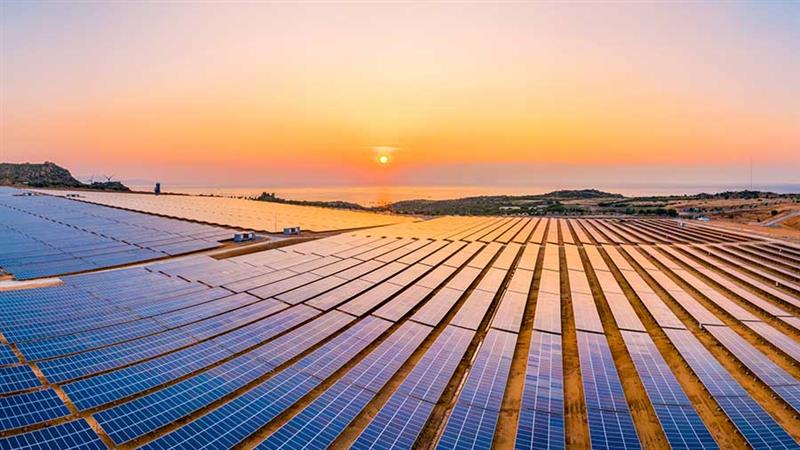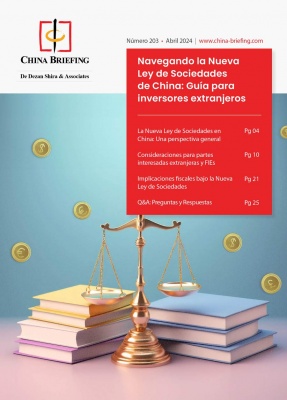China’s Control Measures on Heavy Metal Pollution to Boost High-tech Enterprises
Mar. 9 – Although happy to see its rapid economic growth, China is growing increasingly concerned over the heavy pollution it is generating at the same time. A recently released document that calls for stronger quality control in the exploitation and smelting of heavy metals is a sign that China is paying more attention to encouraging an environmentally-friendly economic development model.
China’s State Council recently passed the “Twelfth Five-year Plan to Combat Heavy Metal Pollution” requiring that pollution from heavy metal emissions in critical areas be reduced by 15 percent, compared to 2007, by the year 2015. For all other areas, the pollution levels from heavy metal emissions should not exceed the levels reached in 2007.
In a televised conference, Zhou Shengxian, head of the Environmental Protection Bureau, said that appropriate systems for heavy metal pollution prevention, emergency response, and environmental and health risk assessment will be in place by the year 2015 in order to resolve prominent issues that put the public’s health at risk. He hopes that by further developing the industry’s infrastructure, China will keep the number of accidents relating to heavy metal pollutants to a minimum.
Identifying main objectives
Currently, the exact details of the plan have not yet been released. However, according to media information, heavy metallic elements that have strong biological toxicity and have been linked to serious pollution (such as lead, mercury, cadmium, chromium and arsenic) will be the primary targets scrutinized by the government plan. The second group of metallic pollutants targeted include thallium, manganese, nickel, zinc, tin, copper and molybdenum.
As a representative from the China Nonferrous Metal Industry Association (CNIA) explains, heavy metal refers to metallic elements heavier than 4.0 kg/m³ and which are frequently used by production industries and toxic to organisms (for example mercury, cadmium, lead, arsenic and chromium). With China’s rapid economic development in recent years, environmental issues are becoming more serious. In particular, heavy metal pollution has an increasing effect on people’s health and safety.
14 critical regions requiring action
The new plan will impact 4,452 enterprises by targeting five main industries – non-ferrous metal mining, the non-ferrous smelting industry, the lead battery industry, the leather production industry and the chemical production industry.
The document listed Inner Mongolia, Jiangsu, Zhejiang, Jiangxi, Henan, Hubei, Hunan, Guangdong, Guangxi, Sichuan, Yunnan, Shaanxi, Gansu and Qinghai as critical areas for action. The aforementioned 14 provinces and autonomous regions are all areas with a high concentration of heavy metal production industries, a massive small-scale heavy metal production company presence, or a high heavy metal production volume/value.
Government is confident in achieving objectives
An expert from the CNIA is confident that China will achieve a decrease of 15 percent in heavy metal waste emissions from the levels reported in 2007 through the development of green technology, as well as continuous improvements to the system. Some company cases show that with the application of new technologies such as the integrated lead-zinc smelting process, the efficiency in sewage treatment will usually see a 10 percent to 20 percent rise.
China is also trying to reach its pollution reduction goal by improving the official administrative system. Apart from intensifying its examination of the persons-in-charge and local authorities, the government plan also states that corporations which have not undergone the related assessment will be forced to discontinue production until they can meet such requirements. For enterprises located nearby drinking water sources, production would be permanently closed down with immediate effect. Enterprises that lack adequate pollution management systems, persist in exceeding their emission quota, or put environmental safety at risk will be forced to stop production until they fix such issues. Companies which potentially compromise environmental safety will be unable to obtain approval for listing from relevant environmental authorities for up to two years, and therefore not be allowed to be listed or apply for any refinancing.
The regulations also emphasize stricter criteria for new businesses setting up in related fields and a complete assessment system when making macro-development plans in the industry. In the future, areas that have not managed to eliminate hazardous industrial practices, or still have a high incident rate in terms of serious pollution, will not be able to gain approval for further development in the area.
Emerging business opportunities under the plan
Experts hope the plan will help China build a solid foundation for effectively controlling heavy metal pollution, which will bring more robust competition in the industry, and facilitate the development of related technologies to reduce pollution during mining and production.
While cracking down on illegal mining and smelting practices, which usually seek to save costs at the expense of the environment, the plan will provide stronger support to enterprises with underdeveloped smelting technology, so that their mining and production will be more cost effective.
Enterprises with advanced technologies in mining and smelting will also receive more government support in the future. Those large-scale high-tech manufacturers will find increasing opportunities for mergers and acquisitions of the smaller ones. Experts even believe there will be a massive marketplace for a new industry specializing in providing metal pollution prevention and cure solutions.
Related Reading:
Green Expo in Beijing to Urge Further Clean Industry Development
The China Due Diligence Series
Part One: China Due Diligence You Can Conduct Yourself
Part Two: China Operational Due Diligence
Part Three: Analyzing Chinese Financial Reporting
Part Four: Kicking a China Business’ Tires – The Checklist
- Previous Article China’s International Economic and Trade Arbitration Commission
- Next Article China-Russian Economic Relations and Investment Opportunities
























